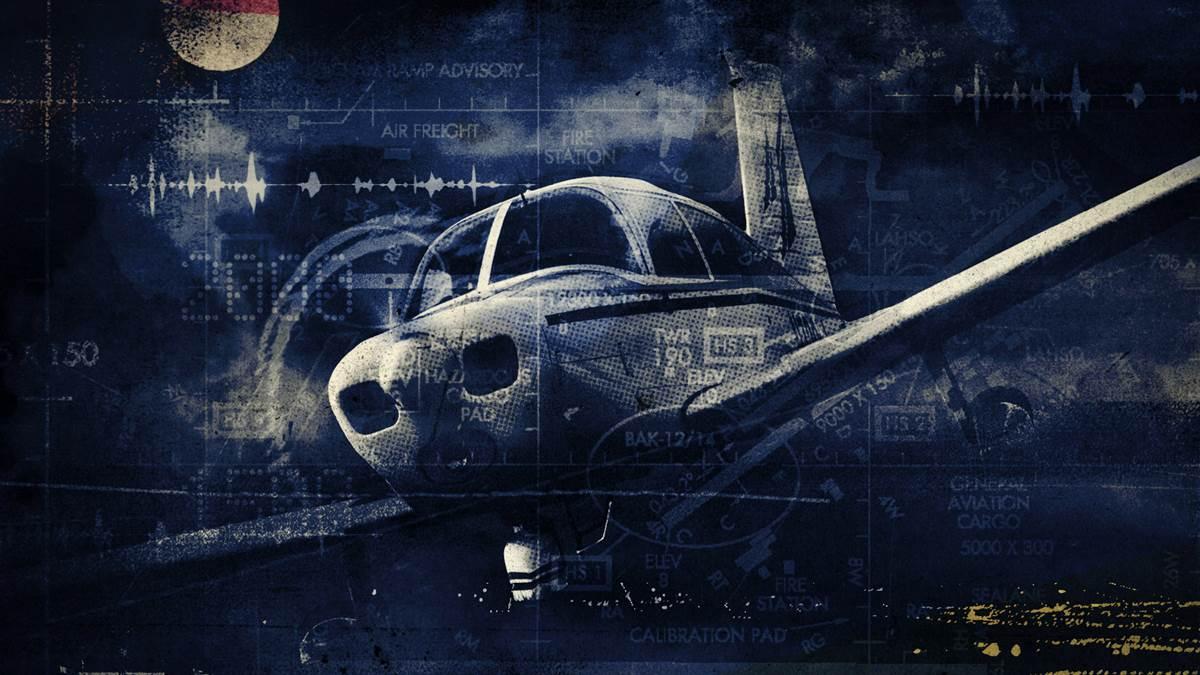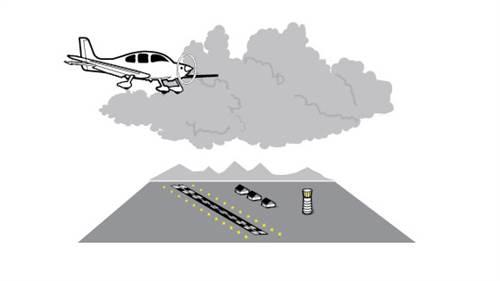Flight Lesson: Into the clouds
Night flying challenge in paradise
By Brian Delamer
It was a beautiful day for a quick flight over to Maui for dinner. A nice, clear afternoon for a flight from Honolulu International (HNL) to Kahului (HOG).

Two groups of food trucks are close to the airport and it’s fun to fly in, park at the transient parking, and then go out the back gate to grab an Uber or a Lyft and enjoy some great Hawaiian food. I rented a Piper Cherokee 140 with the traditional six-pack steam gauges, and my friend, Yulia, and I left for Maui.
At the time I was a new pilot, but I had learned to fly in Hawaii. I was comfortable flying over the open ocean as well as at night, and I always get flight following when flying VFR over the ocean and any time I leave my home base. Hawaii is truly a beautiful place to fly. The runways are easy to find as they are almost all on the water with no obstructions, and the lights of the islands at night are beautiful.
The flight over was uneventful. The controllers for Honolulu Center and the airports in Hawaii are great to work with. When you fly over to Maui by general aviation you usually fly along the north coast of Molokai and the tallest sea cliffs in the world (4,000-foot sheer drop straight into the ocean) and then around on the north side of Maui. The approach brings you in to land on Runway 5. The scenery is stunning.
After dinner the sun was just beginning to get lower in the sky, so I called the airplane owner to see if he would prefer me to stay the night. “No,” he replied. “The conditions are VMC and I’ve flown with you, but you are PIC, so it’s your call. I support you either way.”
Feeling confident, we got in the airplane. I asked to depart to the south because sometimes the winds on the north side of Maui can be challenging. By the time we were off the sun had set and it was a clear, moonless night. The stars were shining, and it’s hard to describe the beauty when you look down at the lights of Lahaina. Then we were handed off to Honolulu Center and climbed to 4,500 feet. I planned to travel in the middle of the channel, and I had flight following.
After rounding Lahaina, I could see the lights of Molokai and Lanai, which I was using to mark my position. The flight was going beautifully, but at 4,500 feet, all of a sudden I was in a 100-percent whiteout and could not see outside the cockpit.
My training kicked in. I knew my position. I was in the middle of the channel—no terrain—and aviate, navigate, communicate was second nature. I descended slowly, and was out of the clouds after only about a 500-foot descent. I called Honolulu Center and let them know why I was off a VFR altitude, and by that time I could clearly see the lights of Honolulu.
As I approached Oahu and got clearance into the Bravo, the lights of Hawaii Kai and Waialae illuminated the cloud cover below me. I informed ATC that I was a VFR pilot and unable to descend to the 2,000-foot altitude required for the arrival, but I could see an opening in the clouds right over the Waialae Golf Course. I said I could shoot through that hole but might need some help, and Honolulu ATC was awesome in helping me out. I communicated the whole way and made it into very clear visual conditions, having never entered a cloud during the approach.



